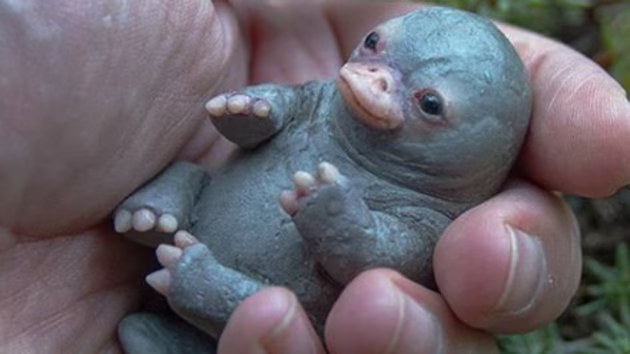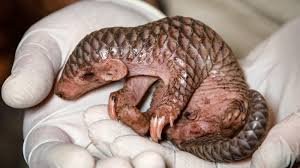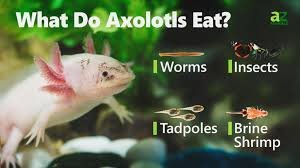
baby ostrich
Introduction to the Baby Ostrich
The baby ostrich, also called a chick, is the offspring of the common ostrich (Struthio camelus), the largest bird species on Earth. Found primarily in Africa, ostriches are flightless birds known for their impressive size, long legs, and extraordinary running speed. But while adults are known for their dominance in the animal kingdom, the life of a baby ostrich is quite different. Vulnerable to predators and environmental challenges, these chicks rely heavily on their parents for protection and survival in the early stages. This article explores the fascinating life of a baby ostrich, including its development, behavior, survival strategies, and importance in the ecosystem.
Physical Characteristics of a Baby Ostrich
Unlike the massive adult ostrich that can weigh over 300 pounds, baby ostriches are surprisingly small at birth. A newly hatched chick stands about 10 inches tall and weighs around 2 to 3 pounds. Their bodies are covered in soft, spiky down feathers that are brownish-gray with black spots, which provide camouflage in the dry grasslands and savannahs. The head and neck are relatively bare, and the eyes are large, allowing excellent vision for spotting danger. As they grow, their plumage begins to resemble adult feathers by around 3 to 4 months, although full adult coloration isn’t reached until 12 to 18 months of age. They have long, strong legs from birth, giving them the ability to run within days of hatching, a crucial skill for escaping predators.
Nesting and Hatching
Ostrich chicks begin life inside large eggs laid in a communal nest, which is a shallow pit dug in the ground. A single ostrich egg can weigh up to 3 pounds, making it the largest egg of any living bird. In a typical nest, up to 20 eggs may be incubated, mostly laid by one dominant female with contributions from others in the group. Incubation lasts about 42 to 46 days, and both the male and female take turns guarding the nest—females during the day, males at night. When it’s time to hatch, the chick uses its egg tooth—a temporary structure on its beak—to break through the shell, a process called pipping. This can take several hours and requires considerable effort. After hatching, the chick rests for a day or two before beginning to move and feed.
Early Life and Parental Care
One of the most unique aspects of ostrich life is their strong parental involvement. The male ostrich, in particular, plays a major role in raising and defending the chicks. After hatching, the chicks stay with the group, known as a crèche, which may contain dozens of young ostriches under the care of one or two adults. These adult birds are highly protective, and the male will often charge at predators to defend the young. Baby ostriches are precocial, meaning they are born well-developed—they can walk, see, and feed themselves within hours. However, they still rely on adults to learn survival behaviors, such as recognizing threats, finding food, and using vegetation for cover. Despite this care, only about 10% of baby ostriches survive to adulthood in the wild due to predators like jackals, hyenas, vultures, and snakes.
Growth and Development
Baby ostriches grow at an astonishing rate. Within just six months, they can reach up to 75% of adult size. This rapid growth is fueled by a high-protein diet consisting of plants, seeds, insects, and small invertebrates. By the time they are one year old, most chicks have reached adult height, though they may still lack the full feather coloration. Males will develop the characteristic black and white plumage, while females retain a more brownish-gray appearance. Sexual maturity is reached at around 2 to 3 years of age, at which point they may begin to establish their own breeding groups. During their juvenile years, ostriches form loosely associated flocks, which offer protection and help develop social skills.
Diet and Feeding Habits
In the wild, baby ostriches are omnivorous, meaning they eat both plant and animal matter. Their diet includes grass, leaves, roots, berries, seeds, and a variety of insects such as beetles and ants. Because they lack teeth, ostriches rely on small stones (gastroliths) they swallow to help grind food in their gizzards, a muscular part of their digestive system. Baby ostriches mimic the feeding behavior of adults, learning what is safe and nutritious. Hydration is usually obtained from food, but chicks will drink water when available. In captivity, their diet is more controlled, often supplemented with grains, vitamins, and protein-rich feed to support healthy growth.
Predators and Survival Strategies
While adult ostriches are large enough to defend themselves with powerful kicks, baby ostriches are easy targets for many predators. Eagles, monitor lizards, mongooses, jackals, and even domestic dogs can prey on chicks. To improve their survival odds, ostrich chicks rely on a few key strategies: camouflage, speed, and group protection. Their speckled coloring helps them blend into dry vegetation, while their early ability to run lets them escape danger. Additionally, being part of a large group dilutes the risk—this is known as the “many eyes” effect, where more individuals increase the chance of spotting danger early. The adult male’s aggression also plays a big role in survival, and he often uses distraction displays to lure predators away.
Baby Ostriches in Captivity and Farming
Due to the growing demand for ostrich meat, leather, and feathers, baby ostriches are also raised in commercial farms around the world. In these controlled environments, eggs are often artificially incubated using machines to maintain the optimal temperature and humidity. Once hatched, chicks are placed in brooder houses where temperature and diet are carefully managed. The controlled setting helps improve survival rates, which are much higher than in the wild. However, baby ostriches in captivity require intensive care—they are susceptible to diseases, temperature fluctuations, and nutritional imbalances. Special feed formulas and regular veterinary check-ups are essential. Ethical farming practices also emphasize giving chicks enrichment activities and space to move, as restricted environments can lead to developmental issues.
Ostrich Intelligence and Social Behavior
Despite their reputation as simple animals, ostriches are surprisingly intelligent, and baby ostriches exhibit learning behavior early on. They watch and imitate adult ostriches, learning to distinguish between food items, alarm calls, and safe resting areas. Social interactions are important from the start—chicks recognize siblings and caregivers, and they even form bonds with other chicks. Some studies suggest that ostriches can remember faces, communicate with body language, and show emotional responses such as curiosity or fear. These traits contribute to their ability to survive in complex environments, especially during the vulnerable early months of life.
Interesting Facts About Baby Ostriches
- A newly hatched ostrich can run up to 35 mph within a few days of birth.
- Ostrich chicks grow about 10 inches per month during their first year.
- The male ostrich can imitate distress calls to distract predators away from the chicks.
- Baby ostriches are born with open eyes and the ability to peck at food within minutes.
- A chick’s survival rate can be increased tenfold in captivity compared to the wild.
Conservation and Human Impact
Ostriches are not currently endangered, but some of their subspecies face challenges due to habitat loss, hunting, and climate change. The Arabian ostrich, once widespread across the Middle East, is now extinct. Commercial farming has both positive and negative effects: it reduces hunting pressure on wild populations but can also result in genetic homogenization and ethical concerns. Raising awareness about ostrich ecology, especially the importance of early life stages, helps promote better conservation efforts. In Africa, eco-tourism and national parks play a significant role in protecting ostriches and their young.






